Medical Center

Radiology
High-tech in the Radiology Service
We work with conventional and 3D radiology, high-resolution ultrasound, high-field (1.5-Tesla and 3-Tesla) magnetic resonance imaging, which combined with a team of expert radiologists and technicians, constitute the basic pillars for the diagnosis and early detection of diseases. At Olympia we offer you state-of-the-art technology and an expert, highly-specialised team.
Our technology
- Two high-field 3-Tesla and 1.5-Tesla Magnetic Resonance Imaging
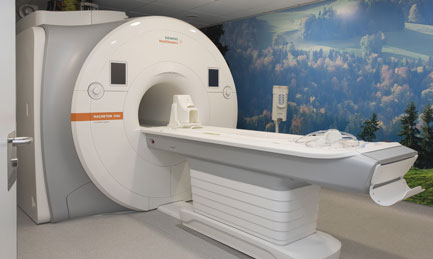
Two high-field 3-Tesla and 1.5-Tesla Magnetic Resonance Imaging
A diagnostic technique for detailed imaging of organs, tissues and internal structures of the human body that uses a powerful magnetic field and radiofrequency waves to generate high-resolution images of the human body. The 3 Tesla Magnetic Resonance Imaging is an advanced technology that provides sharper and more detailed images than those obtained with lower power devices. This higher resolution allows doctors to more accurately identify and diagnose a wide range of conditions, including brain injuries, cancer, cardiovascular disease and musculoskeletal injuries. In addition, its design is tailored to make the process more bearable for the patient, with a noticeable decrease in noise and a wider tube to minimise claustrophobia and anxiety during the test.
- Multitom: conventional digital robotic X-ray room
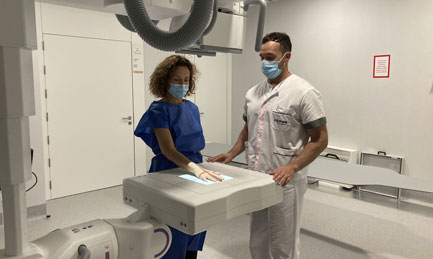
Multitom: conventional digital robotic X-ray room
Our Multitom conventional radiology room is a robotic room which, in addition to working with high image quality X-rays, rotates around the patient, obtaining 3D images of small joints even when the patient is standing upright.
- High-resolution ultrasound
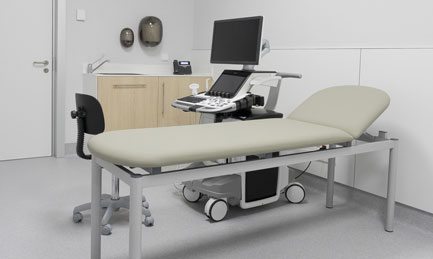
High-resolution ultrasound
We use high-resolution ultrasound to diagnose injuries and to guide our ultrasound-guided procedures. This allows us to accurately visualise internal anatomical structures and ensure that we are delivering treatment or taking samples from the correct area.
- Densitometry
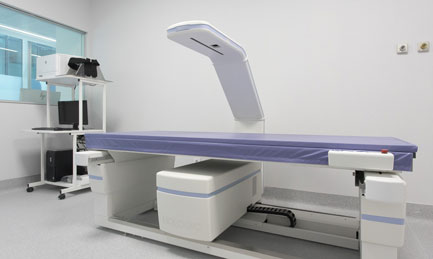
Densitometry
This test measures bone density. The test is based on the attenuation of radiation that can be measured as it passes through the bone structure and allows assessments in regions such as the spine and hip to evaluate whether the patient has osteopenia or osteoporosis.
- Digital mammography equipment
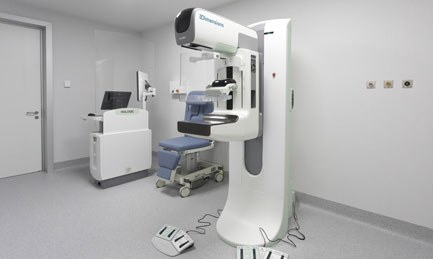
Digital mammography equipment
A mammography examination, called a mammogram, is a type of imaging that uses a low-dose X-ray system to examine the breasts for early detection and diagnosis of breast disease.
Featured treatments
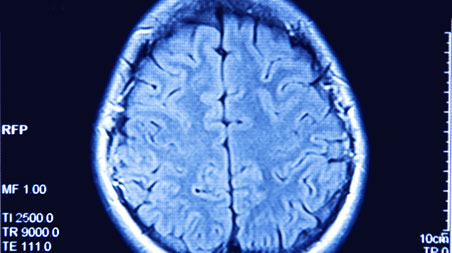
Neuro-radiology
Next-generation MRI equipment, capable of responding to the increasingly demanding diagnostic requirements of neurologists and neurosurgeons with techniques such as 3D sequences, diffusion, angiography, etc.
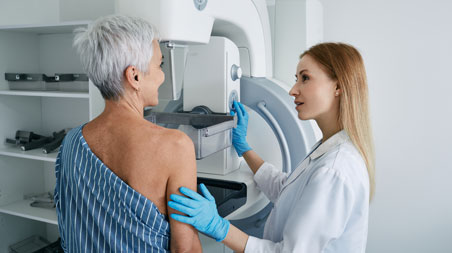
Comprehensive diagnosis of breast pathology
We work with the most advanced Tomosynthesis and Digital Mammography technology, which results in less radiation and less compression time when carrying out studies for the early detection of breast cancer.
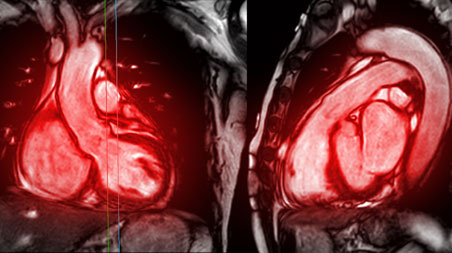
Cardiovascular diagnosis
Cardiovascular disease is the most common cause of death in Western societies. Cardiac Magnetic Resonance Imaging (CMRI) enables a high-resolution non-invasive assessment of the state of the myocardium after an ischaemic event and is very useful in the diagnosis of various heart diseases (congenital, myocarditis, cardiomyopathies, etc.).
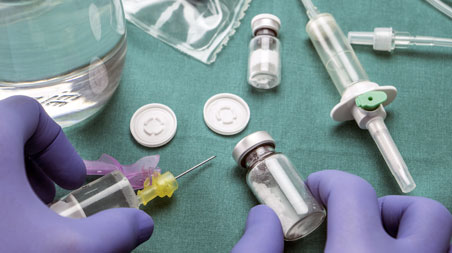
Interventional Radiology
Is a medical discipline that allows minimally invasive diagnosis and treatment of diseases and traumatic injuries. It encompasses ultrasound-guided arthrography, infiltration and drainage, fine needle aspiration (FNA) and biopsies.







